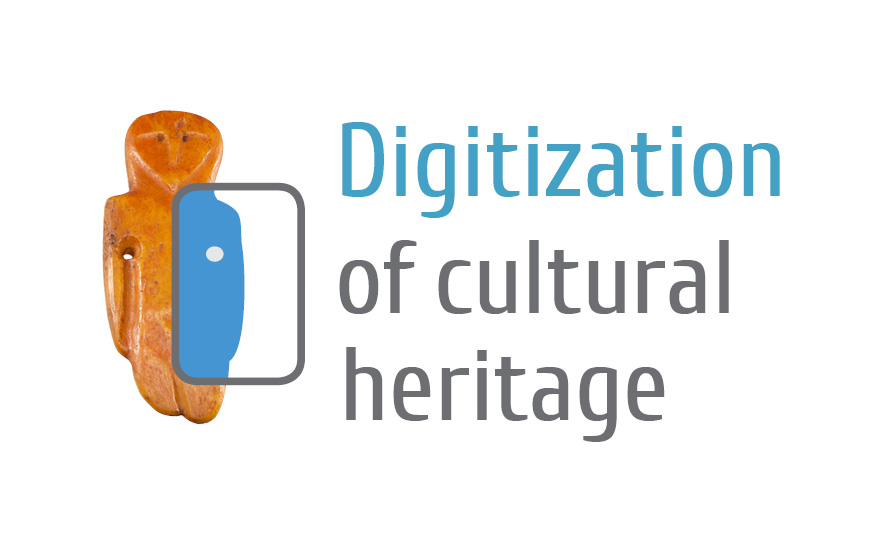-
-
JUOZAS DAMIJONAITIS, AN EDUCATOR AND THE AUTHOR OF POPULAR “The ABC PRIMER”
J. Damijonaitis belongs to the generation of Lithuanian teachers and intellectuals who, during the oppression of tsarist Russia, were the first pioneers in the field of the establishment of the national school, fought for the right to teach children in their mother tongue. In commemoration of the 150th anniversary of his birth, it is worth remembering the merits of this prominent personality to Lithuanian education and culture.
However, the textbooks for primary schools, published by J. Damijonaitis, had the greatest significance for the Lithuanian school and pedagogical development of thought. After 1905 J. Damijonaitis prepared textbooks of all main subjects for primary school such as “The ABC Primer” (1906), the cover of which was illustrated by Mikalojus Konstantinas Čiurlionis, “A Short Grammar of the Lithuanian Language” (1909, five editions) and “Arithmetic Textbook” (2 parts, 1909 and 1910). Later he wrote and published “A Book of Problems in Arithmetic” (3 parts, 1922–1923, twelve editions) and readings “Kindergarten” (1922).
J. Damijonaitis' "The ABC Primer" was the first elementary element for school based on a writing-reading method. It had three sections: pre-alphabetical, alphabetical, and reading. This was not the case in others, previously released, elementary textbooks. Compiling elementary readings, the author strived to give a child as much knowledge as possible about the native land. The primer was full of articles on nature, geography, history, Lithuanian literature and folklore. In addition to reading, J. Damijonaitis presented various grammatical and logical exercises. Such methodology of compiling a textbook shows the author was interested in and followed the teaching methodology of primary reading of a well-known Russian pedagogue Konstantinas Ušinskis and applied it to the Lithuanian school in a clever and creative way. The textbook of Lithuanian grammar, published by J. Damijonaitis, was important because it spread the science and terminology of Lithuanian grammar compiled by Jonas Jablonskis and developed the methodology of teaching grammar. All grammar and arithmetic textbooks and readings written by J. Damijonaitis were very popular and widely used in interwar Lithuanian schools after the author's death (1926). Textbooks were constantly re-edited, corrected and new editions were released. The last edition of Lithuanian grammar was published in 1939.
J. Damijonaitis and J. Jablonskis were close friends. Both were dedicated to science, Lithuanianism and the Lithuanian language. Thus, the fate determined that even after the death of both Lithuanian enlightened people, they were buried side by side in Petrašiūnai cemetery in Kaunas.
The documents kept in the museum also testify to their friendship, one of the most valuable of which is a letter from J. Jablonskis to J. Damijonaitis. In the letter, the author asked J. Damijonaitis to help find his acquaintance Zofija Jucevičaitė-Nečajevienė a job as a teacher in any Polish or Russian school. "She urgently needs work (and food)", wrore J. Jablonskis. In the letter J. Jablonskis also mentioned that it would be good to organize Lithuanian language courses for those teachers who returned from Russia.
The life and works of J. Damijonaitis testify to his great dedication to his field of activity, and especially to the great respect and attention to the Lithuanian language. J. Damijonaitis took care that Lithuanian textbooks reached the children of Lithuanians living in the USA. In 1921 in Chicago Lithuanian publishing company “Friend” published J. Damijonaitis' "Short Grammar of the Lithuanian Language" (reprinted in 1914).
J. Damijonaitis' life was not long, but it was very meaningful. Through his pedagogical activity, he earned great respect and authority not only as an inspector of Kaunas primary schools, an author of textbooks for schools, a public figure, but also as an active nurturer of the native Lithuanian language. It is not a coincidence that in Kaunas, Aleksotas, one of the streets where he lived was named after him. It is J. Damijonaičio Street.
-
Virtual Exhibitions






